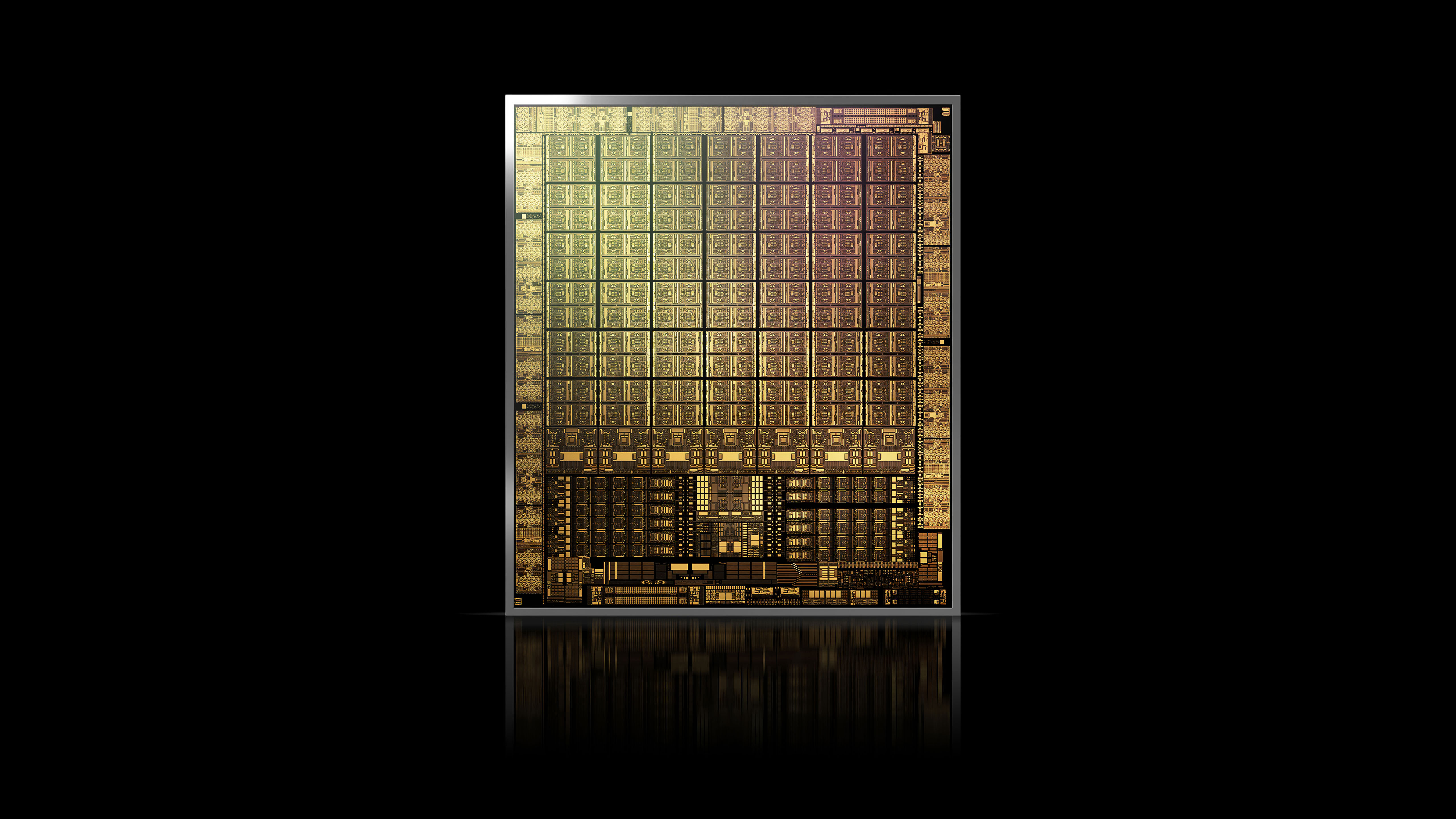According to current information from leakers, there will be an offer of Nvidia generation graphics chips Lovelace consists of (at least) four GPU models:
- AD102: 5nm 384bit GDDR6X
- AD103
- AD104
- AD106
The first, largest GPU for the next-generation GeForce top model, it will be a 5nm GPU with 384bit bus and GDDR6X memory. As for the production process, it is certain that the TSMC line will do it, but certain changes concern the version of the process. The original reports spoke of a more advanced N5P, but reports of recent weeks but without exception the introduction of the basic N5. The difference between the two lies in 5% extra power or 10% “on-demand” consumption.
The 384bit bus and GDDR6X memory should be preserved. We don’t know yet if Micron will be able to achieve higher beats than the current effective 21GHz. It may come as a surprise, in fact, GDDR6X itself was a silent project, which was practically unknown until its official announcement. Compared to AMD’s competitors, the AD102 will have a 50% wider memory bus and at least 17-31% faster memory. Overall, 1.8-2 times higher memory bus throughput. If rumors were confirmed (which, however, cited only some sources), that Lovelace comes with an analogy Infinity Cache, this solution is likely to be less efficient, as it will require almost 2x higher physical bus throughput between GPUs and memories for a GPU with similar performance anyway. The second possibility is that the Infinity Cache alternative does not come with Lovelace, but only some later generation.
As for AMD’s offering, three GPUs will be built on RDNA 3:
- Navi 31: 5nm+6nm 256bit GDDR6
- Navi 32: 5nm+6nm 192bit GDDR6
- Navi 33: 6nm 128bit GDDR6
Top model (Navi 31) will be composed of 5nm and 6nm silicon, the 256bit bus will be maintained (it is expected that the Infinity Cache, which may not be monolithic, will at least double in capacity), will remain GDDR6. Depending on the availability of individual memory models, it will be decided whether the top model will receive 16GHz or 18GHz.
Navi 32 it will also consist of a combination of 5nm and 6nm chipsets; paradoxically, we know the least about this middle model. It is possible to speculate with an output of 1.5-1.8 times above the current high-end Navi 21.
Monolithic Navi 33 arises on a 6nm process, which does not differ dramatically in terms of parameters compared to the current 7nm production. Deployment of EUV means about 10% higher achievable cycles or 6-15% lower consumption. Navi 33 should have performance similar to the current top model Navi 21 (Radeon RX 6800 XT / 6900 XT), which will de facto replace. Achieving similar performance at half bus will be due to Infinity Cache and achieving similar performance at around 400 mm² (Navi 21 measures 519 mm²) partly due to the 6nm process (up to 18% higher density) and partly due to the architecture. Thanks to them, consumption should also decrease – not negligibly, but no source has given specific numbers yet (TDP will be determined before the start of serial production).
The release of a new generation of graphics cards from both AMD and Nvidia is expected around October next year (2022). According to some sources, AMD will later add 6nm versions of current GPUs Navi 22 a Navi 23 for a lower price segment, but a more accurate time figure than 2023 is not known. Obviously, it will depend on the available capacities of the 6nm process, which will be quite high interest at first.
–

